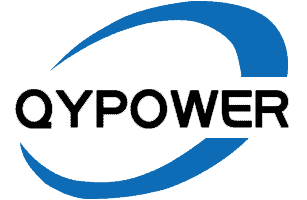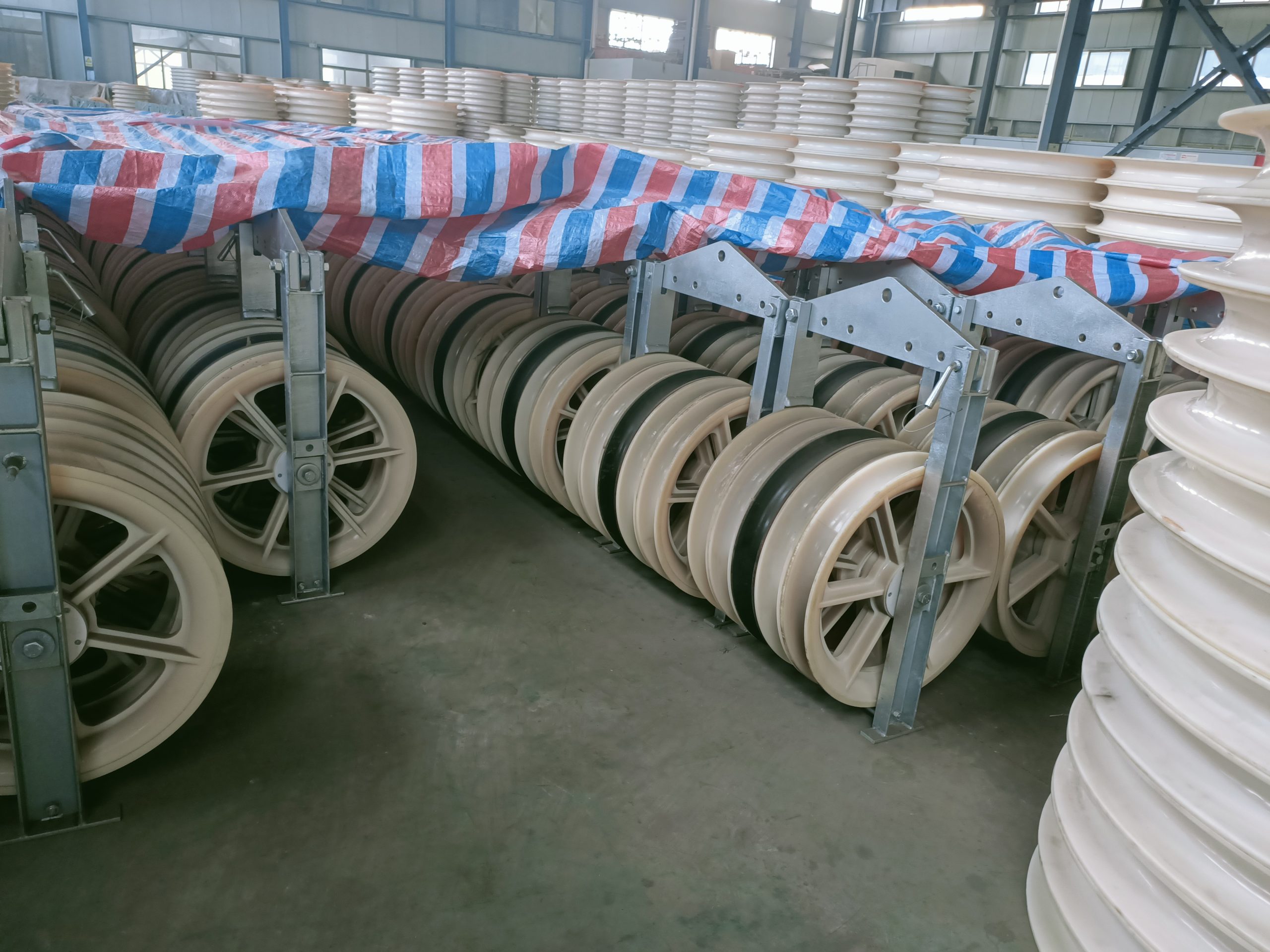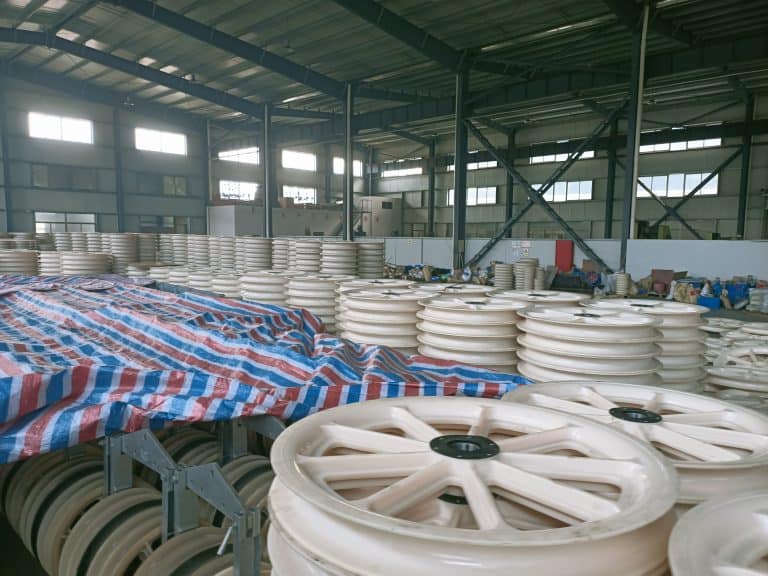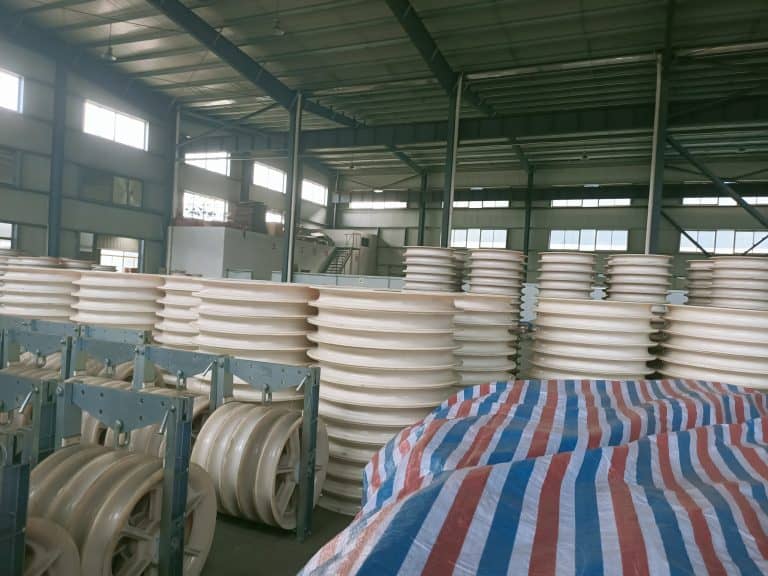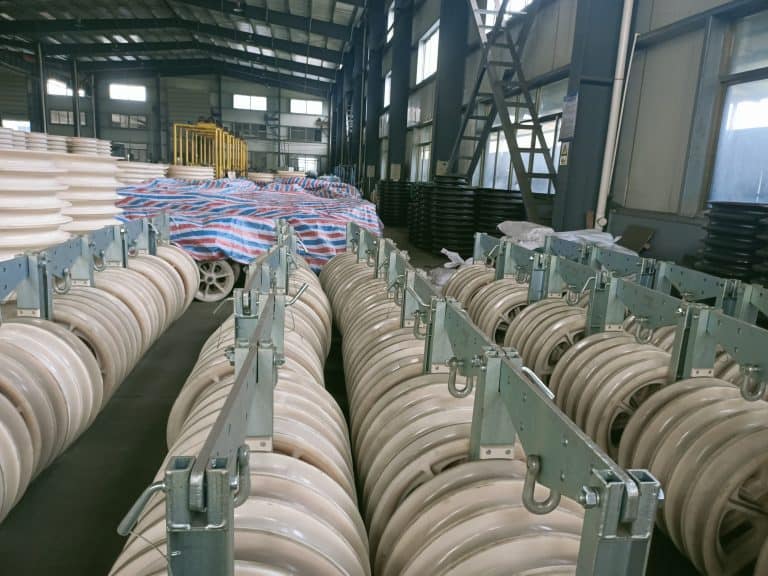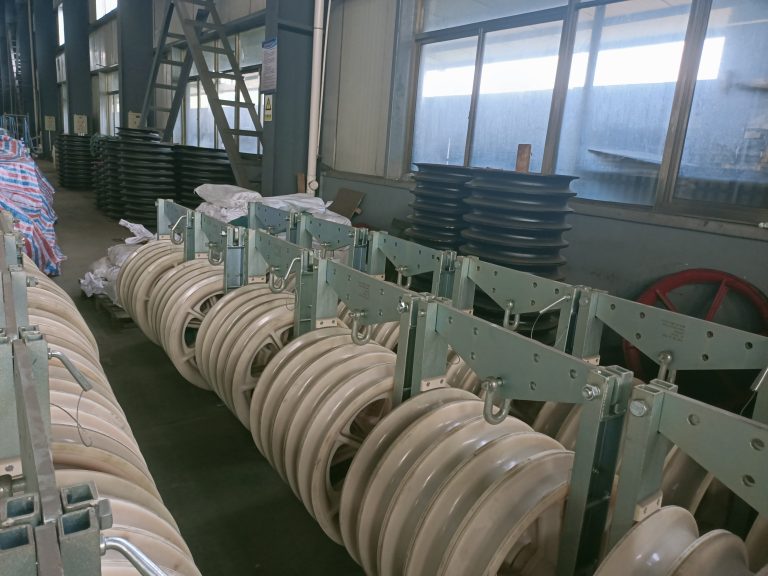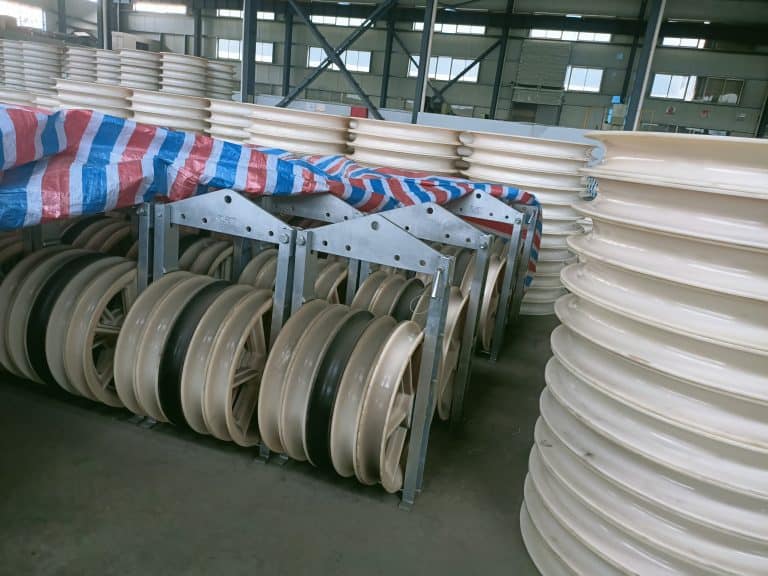Illuminating the Path: A Guide to Properly Using Fiber Optic Stringing Blocks in Cable Installation
Fiber optic technology has revolutionized the telecommunication industry, enabling faster and more reliable data transmission….
Fiber optic technology has revolutionized the telecommunication industry, enabling faster and more reliable data transmission. The installation of fiber optic cables requires specialized tools and equipment, one of which is the fiber optic stringing block. In this article, we will discuss how to properly use fiber optic stringing blocks to ensure efficient and safe cable installation.
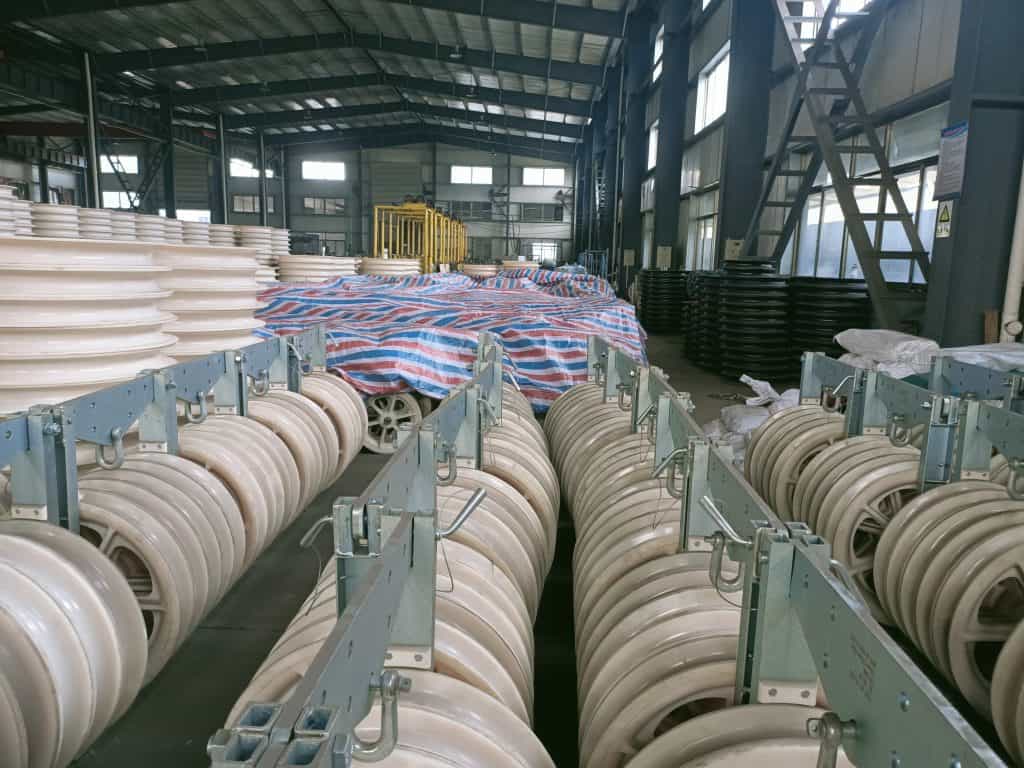
Fiber optic stringing blocks, also known as fiber optic cable blocks or sheaves, are designed to guide and support fiber optic cables during the installation process. These blocks are specifically engineered to accommodate the delicate nature of fiber optic cables, ensuring that they are not damaged or overstressed during installation.
Here are some key steps and best practices for properly using fiber optic stringing blocks:
- Choose the right stringing block: Select a stringing block designed specifically for fiber optic cables. These blocks feature a larger diameter sheave and a smooth, grooveless surface to prevent cable damage. Ensure that the stringing block is compatible with the cable diameter and type being installed.
- Inspect the stringing block: Before starting the installation process, inspect the stringing block for any signs of wear or damage. Check the sheave for cracks or deformation, and ensure that it rotates freely without any obstructions.
- Position the stringing block correctly: Place the stringing block at strategic points along the cable route, taking into consideration the cable’s minimum bending radius and any obstacles or turns in the path. This will help minimize stress on the cable and prevent damage during installation.
- Secure the stringing block: Attach the stringing block securely to the support structure, ensuring that it is properly aligned and will not shift or move during the cable installation process. Use appropriate mounting hardware and follow the manufacturer’s recommendations for proper installation.
- Guide the cable through the stringing block: Carefully feed the fiber optic cable through the stringing block, ensuring that it is properly supported and not pinched or twisted. Maintain proper tension on the cable to prevent sagging or looping, which could cause damage.
- Monitor cable tension: During the installation process, monitor the tension on the fiber optic cable to ensure that it remains within the recommended limits. Excessive tension can cause damage to the cable or compromise its performance.
- Use additional equipment as necessary: In some cases, additional equipment such as swivels, cable grips, or breakaway connectors may be required to facilitate the cable installation process. Follow the manufacturer’s guidelines and recommendations for the appropriate use of these accessories.
- Regular maintenance: After completing the installation, inspect the stringing blocks for signs of wear or damage. Perform regular maintenance as recommended by the manufacturer to ensure the continued safe and efficient operation of the stringing blocks.
In conclusion, properly using fiber optic stringing blocks is crucial for the safe and efficient installation of fiber optic cables. By following best practices and adhering to manufacturer guidelines, you can ensure that your fiber optic cable installation projects are completed successfully, minimizing the risk of damage and ensuring optimal performance.
